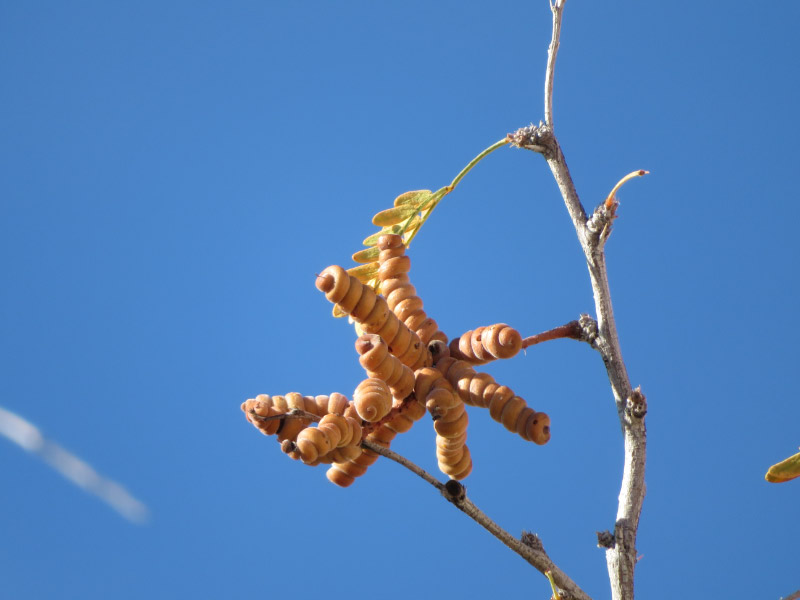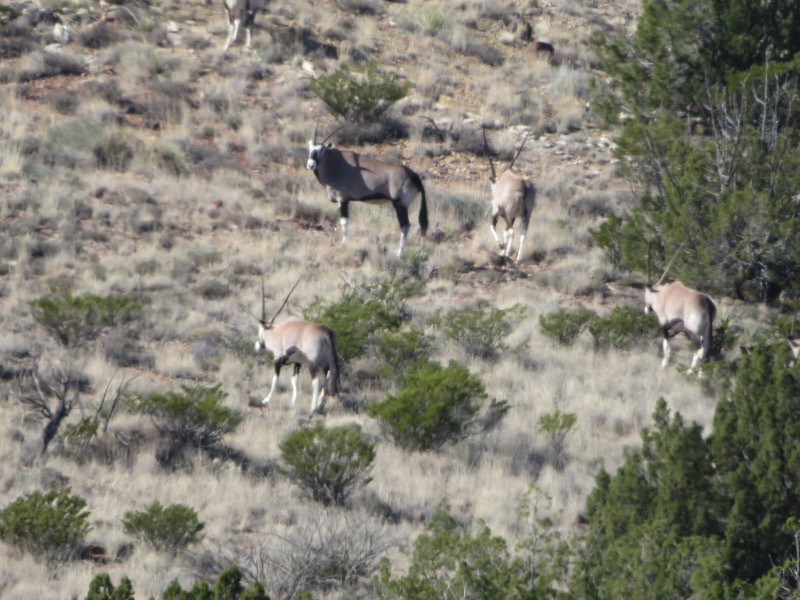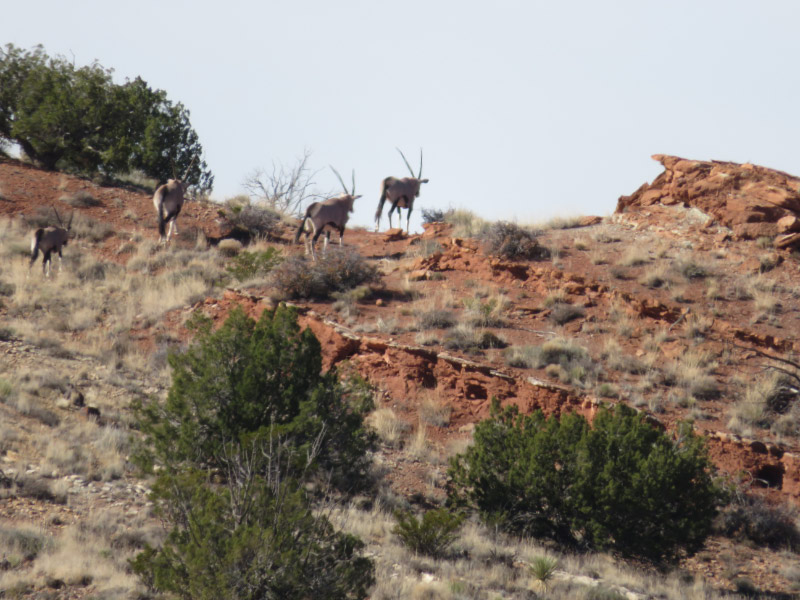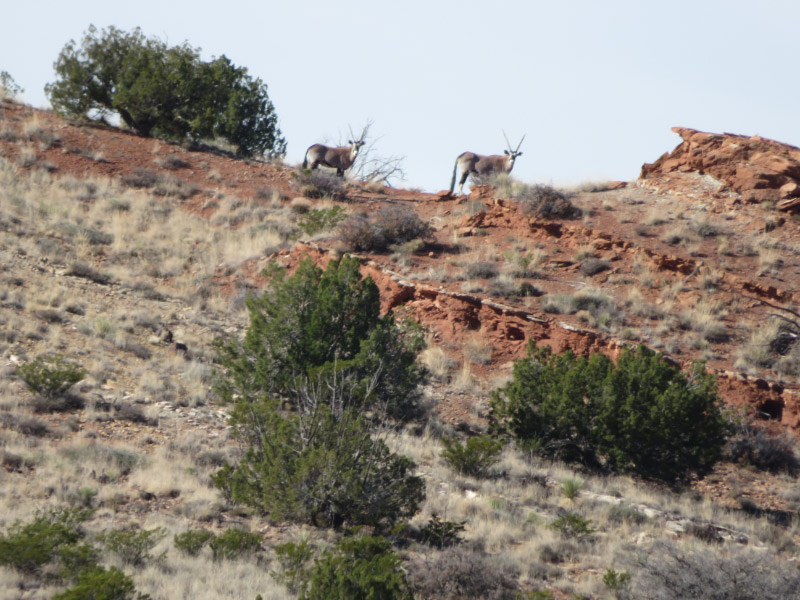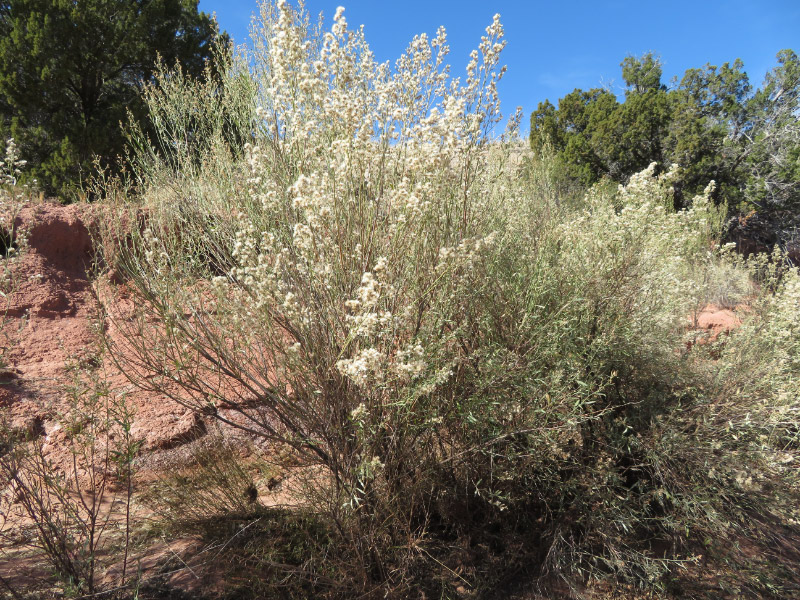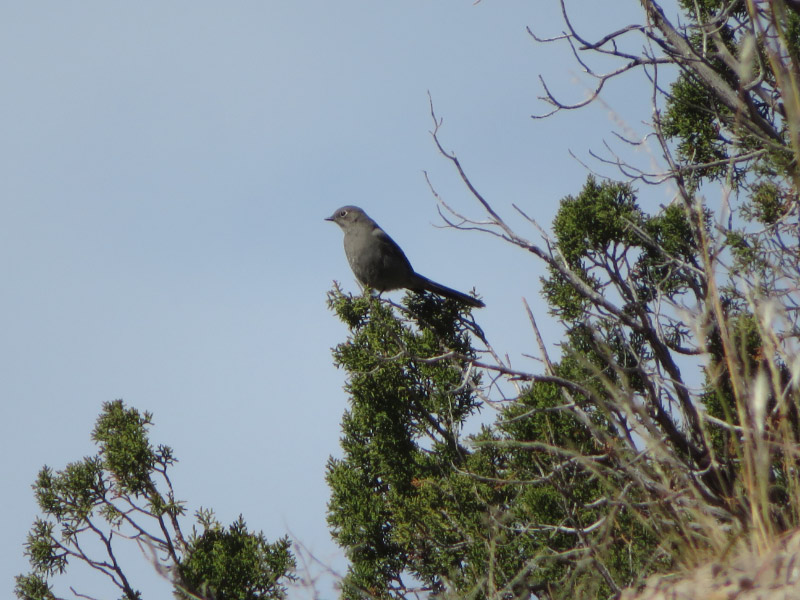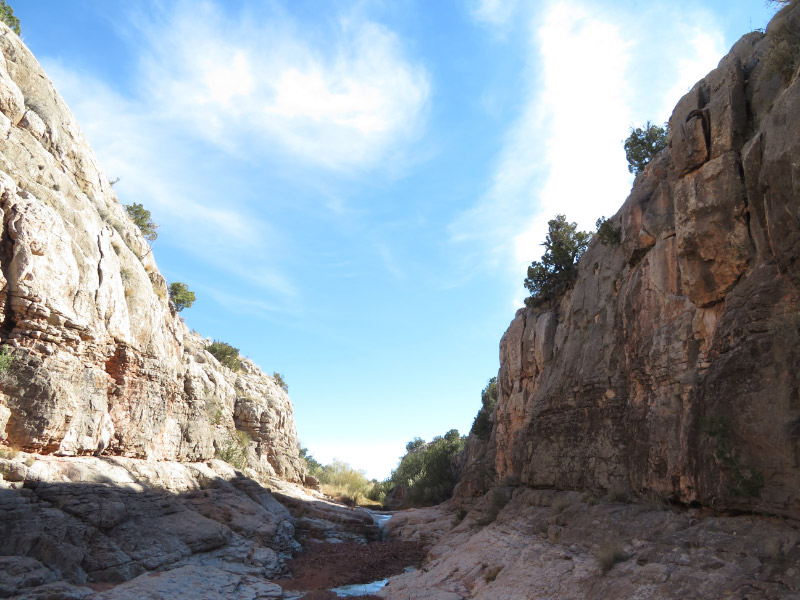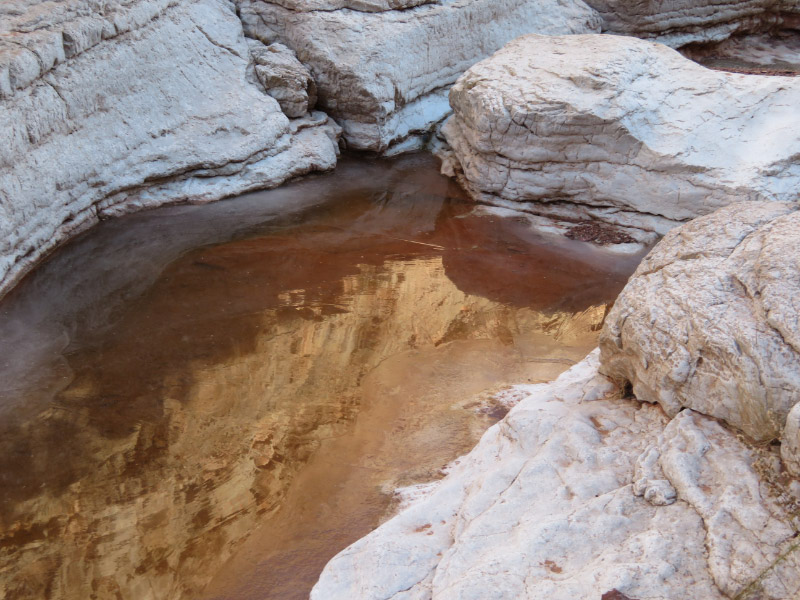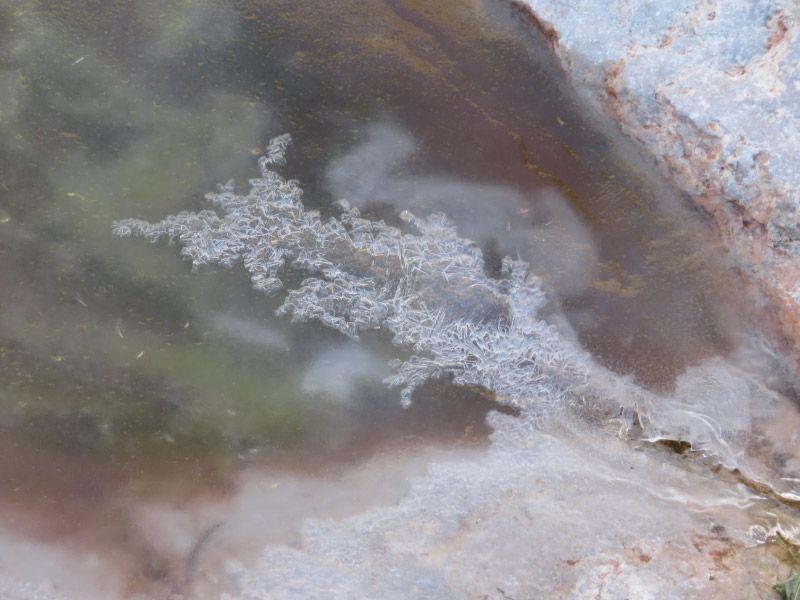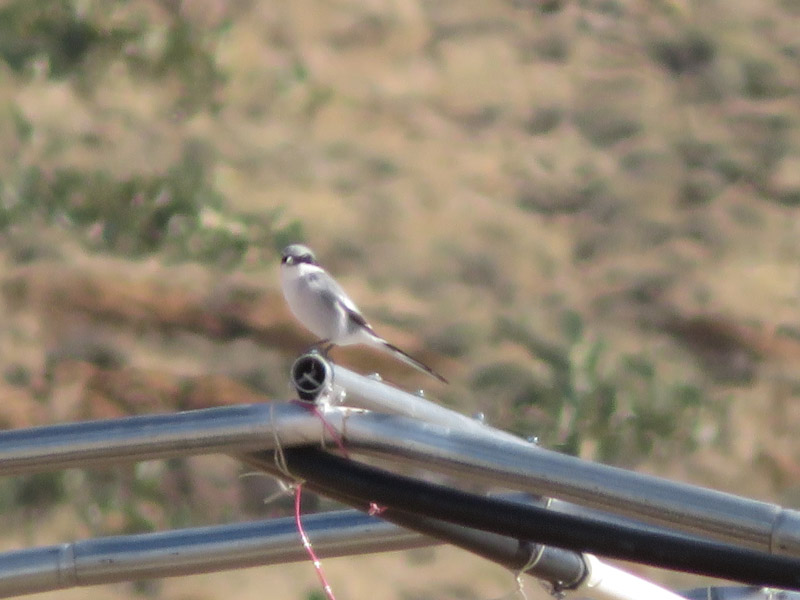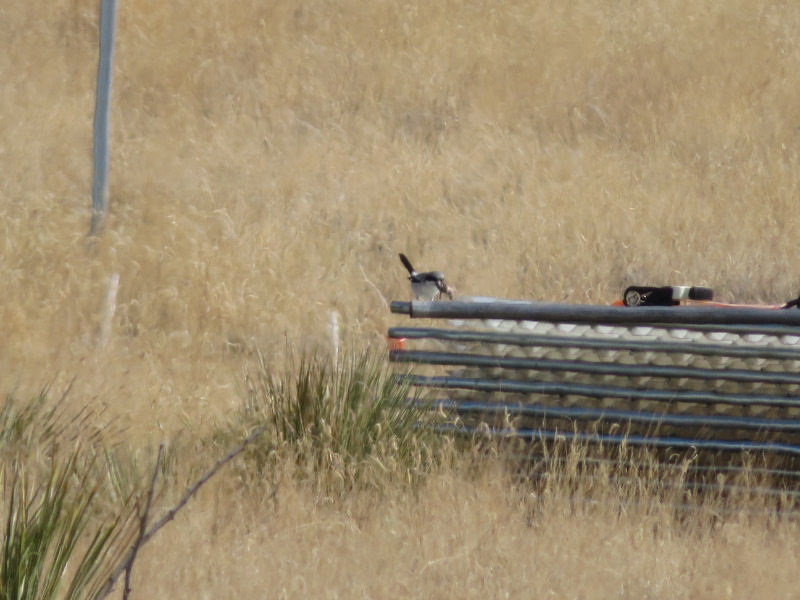Gleanings of the Week Ending July 13, 2024
/The items below were ‘the cream’ of the articles and websites I found this past week. Click on the light green text to look at the article.
Pair of Resting Cuckoo Bees Wins the Royal Entomological Society’s Insect Photo Competition – Wonderful images of insects. My favorite is the Wavy-lined Emerald Moth (“A forest gem”).
The Role of Commons in Our Future Resilience - The climate and biodiversity crises will make collective land and water resources the source of future cooperation and conflict. If our commons aren’t governed well, we can have a “future of global violence.” Balancing the needs of local communities and conservation and restoration will require strong relationships between governments and the people who depend on commons for their livelihoods and culture.
Study shows how liver damage from stress and aging might be reversible – The study showed that aging exacerbates non-alcoholic liver disease by creating ferroptic stress, and by reducing this impact, we can reverse the damage.
Extreme Heat’s Far-Reaching Impacts - In addition to the expected impacts — dehydration, heat exhaustion, and heat stroke — heat can also endanger pregnant women, impact sleep patterns, and increase irritability, depression, and suicide rates. Heat is also associated with higher rates of violence and aggression, including intimate partner violence and gun violence.
The chemistry of Polaroid photography – The technology behind taking a picture and printing it instantly.
Cooling Solutions for Cities That Lower Surface & Air Temperatures – Some productive and appealing ways to cool urban heat centers.
Funny Early Entries of the 2024 Comedy Wildlife Photo Awards – Images that will make you smile!
Climate change and sea level rise pose an acute challenge for cities with combined sewer systems - Some 40 million people currently live in areas served by combined sewer systems (in places like Philadelphia, New York, and Boston) that are at increasing risk of being inundated by untreated sewage during floods.
Ancient Egyptian Scribes Were Worked to the Bone - Scribes sat in cross-legged or kneeling positions for long periods of time, hunched over paper and ink. Such activity was bound to overload the jaw, neck and shoulder regions. 30 skeletons of scribes from a northern Egyptian cemetery were examined. Much of the damage was found on the skeleton’s right sides, with the right knee being an especially common point of osteoarthritis, possibly because scribes repeatedly squatted on their right legs, the researchers theorize. And ancient Egyptian iconography commonly depicts scribes writing with their right hands. The posture impacted scribes’ backs.
Pronghorn Place: Preserve Protects Wildlife Migration Route – About the Flat Ranch Preserve on the outskirts of Yellowstone National Park…what has been learned about the Pronghorns migrating through. It reminded me of the pronghorns I saw at Sevilleta National Wildlife Refuge (New Mexico) in 2018.

